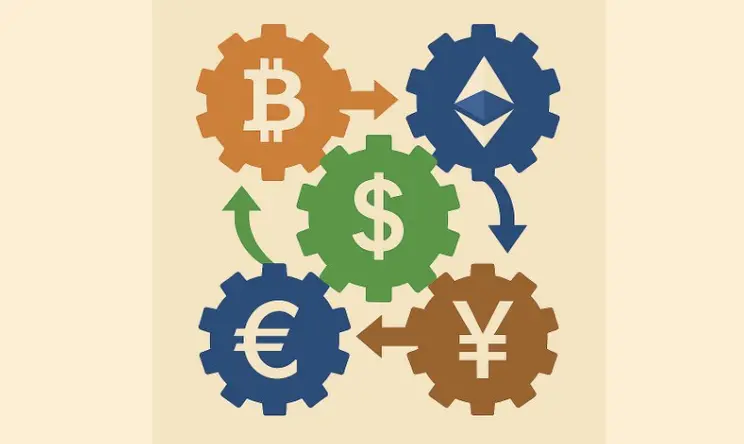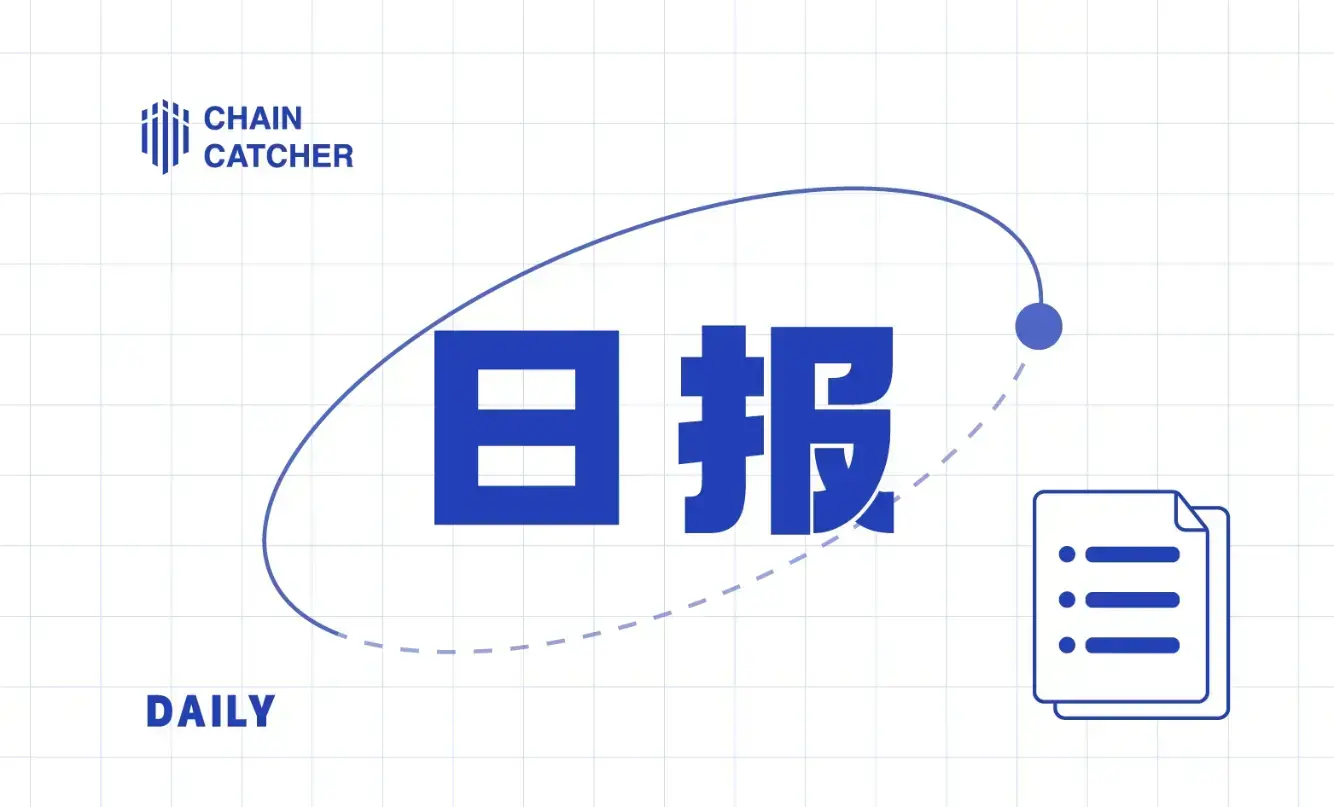What will be the true killer application of NFTs?
This article is an original piece by Chain Catcher, authored by Xu Chaoyi.
With the trading volume of products like NBA Top Shot continuing to rise, and NFT products frequently achieving transaction prices of hundreds of ETH, the NFT market has garnered unprecedented attention. However, the accompanying question is, what will be the true killer application of NFTs?
Following the release of “The Big Market and Small Innovations of NFTs”, BKFUND founder Xu Chaoyi proposes in this article that asymmetric rights are likely to be the true killer application of NFTs in the future, supported by various theories and case studies.
Since the advent of CryptoKitties in 2017, nearly ten thousand types and tens of millions of NFT collectibles have been minted, circulated, and traded, distributed among users, with a majority being games, cards, domain names, and crypto artworks.
However, we note that even with numerous NFT exchanges, the vast majority of NFTs as "collectibles" or "cards" remain limited to small circles and communities, making it difficult for most users to break out, and sustaining popularity over the long term is challenging. These real-world issues prompt us to engage in deeper discussions and reflections: If NFTs could one day grow into a significant sector comparable to DeFi's hundreds of billions of dollars, what killer application would support such a user scale and market value?
Before answering what constitutes an "NFT killer application," we need to make a deeper comparison with fungible tokens (FT Tokens).
To some extent, we can consider that the core spirit represented by fungible tokens (FT Tokens) is equality and equity.
Whether using POW (Proof of Work), POS (Proof of Stake), or other methods to produce, the cost incurred by one user to mine a token is generally similar to that incurred by another user to mine another token, which reflects equality in production costs;
When a user holds an FT Token, they have the same market value at the same time as another user holding the same FT Token, which reflects equality in market value;
When you use an FT Token to vote on an EIP or a similar improvement proposal, you have the same voting power as another user voting with the same FT Token, which reflects equality in governance utility;
When you possess an FT Token that can be circulated at any time, another user holding an FT Token can also circulate it, which reflects equality in liquidity;
Moreover, all these behavioral data are publicly transparent on the chain, and no one can forge or tamper with it.
Fungible tokens (FT Tokens) depict a fair and beautiful utopian world, produced, circulated, and traded equally, possessing equal asset value, and making equal governance decisions, with no one enjoying privileges.
However, in the real world, there is no absolute "equality" or "equity," as everyone's choice costs are different:
For example, when we fly, "first-class" passengers always have priority boarding and deboarding rights over "economy class" passengers, larger and more comfortable seats, and tastier in-flight meals;
When shopping at brand stores, holders of "super membership cards" or "premium membership cards" can enjoy lower shopping discounts, priority purchasing rights for limited edition products, and special consumer care from merchants during important holidays compared to regular customers;
When a father buys toys for his children, he may unconditionally "buy, buy, buy" for his daughter, while for his son, he may attach a condition that "he must rank first in class in the final exam."

We suddenly realize that when we break down the rights in the crypto-economic world into "similar rights" and "different rights" like in the real world, we can use fungible tokens "FT Tokens" to represent the "similar part of the rights," and non-fungible tokens "NFT Tokens" to represent the "different part of the rights." This may resolve many questions that have puzzled us for a long time. Here are a few examples.
- Recently, the blockchain network and platform Telos launched T-Bond NFT, allowing tokens to be locked into transferable NFTs and unlocked upon maturity or when certain conditions are met. This technology provides a better option for crypto-economic teams seeking early funding compared to past private placements and IXO eras, while also addressing the needs of early investors to sell locked token rights when funds are tight.
In such a scenario, the number of tokens itself represents "similar rights," while the unlocking period and conditions written into the NFT metadata represent the "different rights" enjoyed by different NFT holders. Through the weak liquidity of NFTs, holders can transfer them without causing a significant impact on the token's circulation price.
- Recently, on the Huobi Eco Chain and Binance Smart Chain, we have seen many NFT blind box games, similar to "Pop Mart," which achieved a market value of over 100 billion after its listing in Hong Kong last December. Users purchase a blind box NFT randomly and then open it to see if they have a "common" or "hidden" card. If they don't open it, they can transfer or gift the "mystery" to others.
Compared to offline blind boxes, the blockchain version developed using NFT technology achieves data transparency and randomness on-chain, avoiding offline merchants from maliciously hoarding "hidden" items through infrared detection, precise weighing, etc., which could harm the rights of ordinary users.
Some cloud computing and mining pool projects are considering using NFT technology as "accelerator cards" for mining. Users holding "accelerator card" NFTs can have higher computing power or mining output than other users. This approach can generate some income initially by selling "VIP membership cards" without prematurely releasing yield tokens, accelerating the release and dumping of yield tokens in the market. Users who hold "accelerator card" NFTs can transfer them to large miners needing acceleration when they no longer wish to mine, thus obtaining premium returns.
Some serialized novel authors are very interested in selling their original online literary works in the form of NFTs as "super rights cards" to loyal fans and readers within e-book apps. Once purchased, this NFT cannot be transferred, is issued in limited quantities, and cannot be split. Readers holding the "super rights card" enjoy the right to "read more chapters in advance" and can submit a name for a character, place, or pet they like, which will be incorporated into the novel by the author, greatly enhancing the reader's sense of participation.
After presenting "asymmetric rights" from the real or internet world through NFTs, the most essential change is that the price discovery mechanism of NFTs will shift from "market trading" to the "implicit value overflow" of rights. Each user wishing to hold or transfer an NFT will assess the "asymmetric rights" of that NFT in terms of their own value. While maintaining the basic characteristic of "weak liquidity," this will significantly enhance the tradability of NFTs. Therefore, we believe this will be the true killer application of NFTs.










